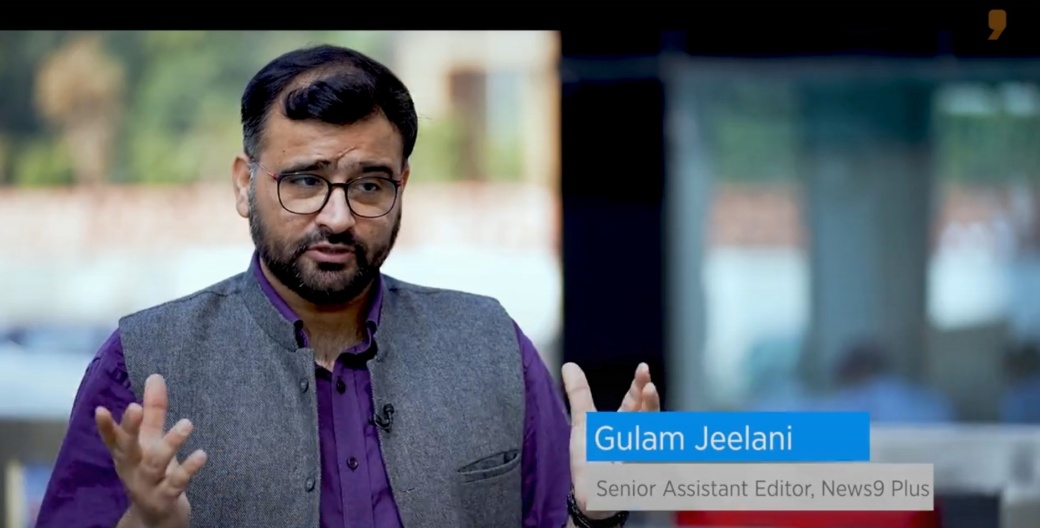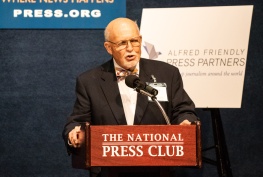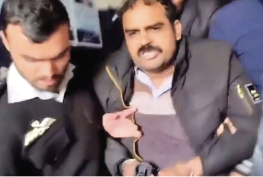Fellowship training facilitated reporter’s transition from print news

“So Far, India’s Ballistic Missiles Have Been Nuclear Weapon Carriers. Now, It Plans A Rocket Force Tipped With Conventional Warheads. Can It Deter An Aggressive China?”
“India’s Election Commission Has Proposed A Mechanism To Help Migrants Vote From Where They Are … By A Remote Voting Machine. Can India’s Migrant Vote Bank Swing The Elections?”
These are the headlines for two of the short documentaries that Gulam Jeelani produced in February for News9 Plus, news stories streamed over the internet using the OTT, over-the-top format.
“It was not an easy decision to switch from print/digital to video storytelling,” said Jeelani, who worked for the Minneapolis Star Tribune during his fellowship in 2018, funded by the Frank Islam and Debbie Driesman Foundation. “But gradually I realized, the basics remain the same. All you need is to focus on visuals more here. Obviously, the multimedia training at Alfred Friendly helped me.”
Before going to U.S. newsrooms for five months, Jeelani and his fellowship classmates participated in three weeks of hands-on training at the Missouri School of Journalism, including multimedia lessons that ended with them producing their own short videos.
OTT platforms stream videos through the internet, going over the top of traditional services like satellite and cable TV. News9 launched the service last March — a first for India’s news media. Jeelani said more than 150,000 people so far have downloaded the app to use the service, and the company plans to soon make it subscription-based.
TV9 CEO Barun Das said in the launch announcement that the English news television space in India has shrunk dramatically over the past few years in viewership and revenue. “So, it seemed obvious to us that this English-speaking audience —often the early adapters — are waiting for an OTT news service.”
“Newspapers have always subsidized the reader and TV news channels are mostly free to air. Hence, we have lived with tremendous pressure on ad revenue,” Das added. “On the other hand, consumers have just about started paying for digital news.”
Jeelani worked at India Today and Money Control before last summer when he joined News9. “In my role here, I pitch, report, write the script and produce stories,” he said.
Jeelani narrates his story about the move to machine voting for migrant workers, which uses dramatic background music, sophisticated graphics and multiple interviews in a studio and in the field.
India now requires voters to cast ballots in the hometowns where they are registered, but some 30 million of them — one-third of the electorate — are considered “domestic migrants” because they work away from their hometowns. Studies show large numbers of them don’t make the effort to vote.
“Rolling out the voting machines is not going to be easy for the election commission,” Jeelani says in his on-camera commentary.
Jeelani got the green-light to produce the rocket story after India’s purchase of more than 100 short-range ballistic missiles to be placed near the border with China — a move intended to increase its preparedness for a potential military conflict with its well-armed neighbor.
Jeelani’s eight-minute video story on India’s proposed “rocket force” is particularly relevant now with Russia’s war in Ukraine raising tensions between the nuclear superpowers.






